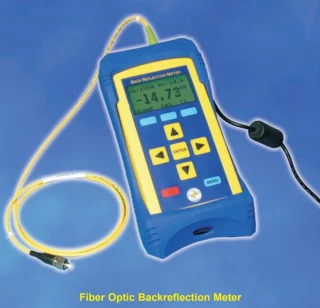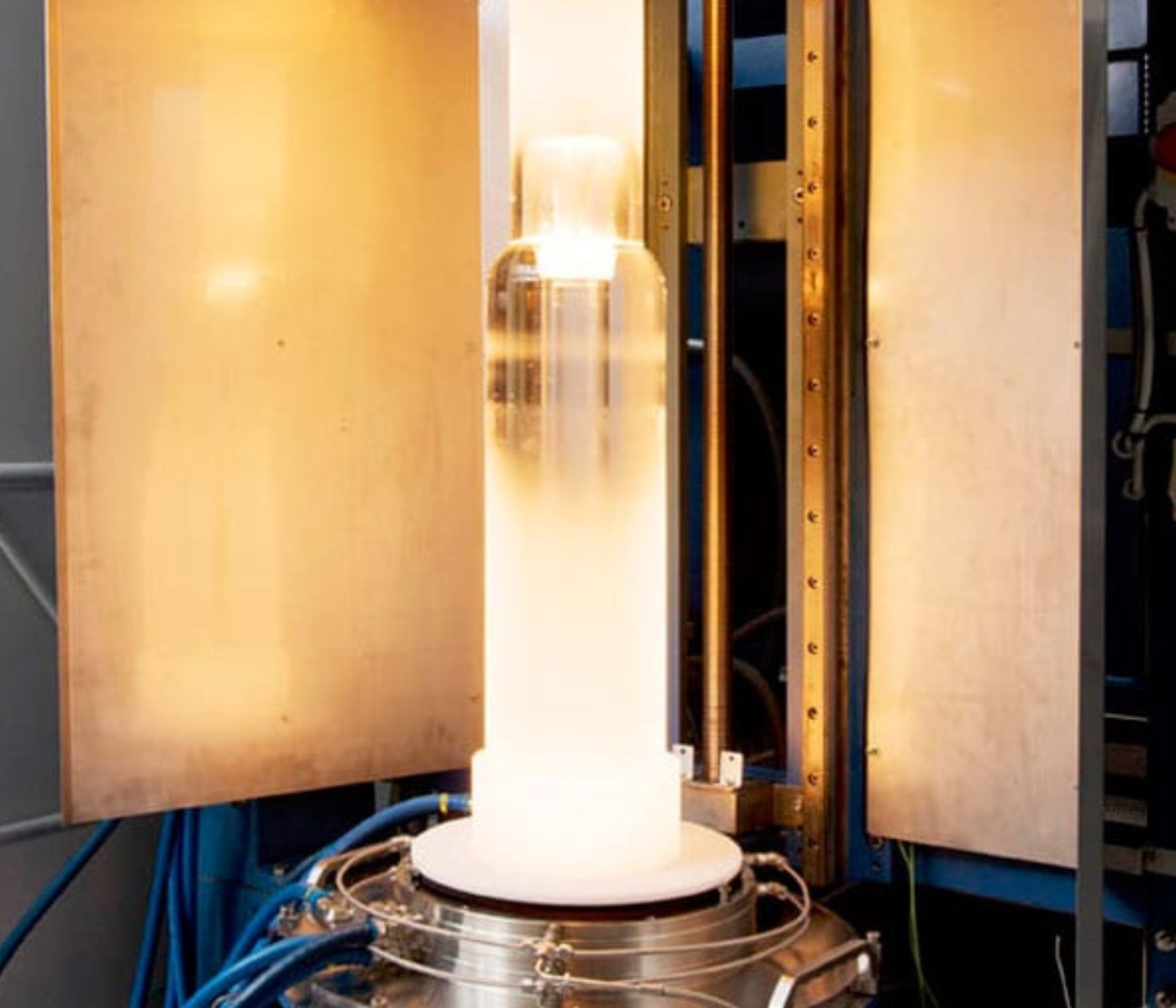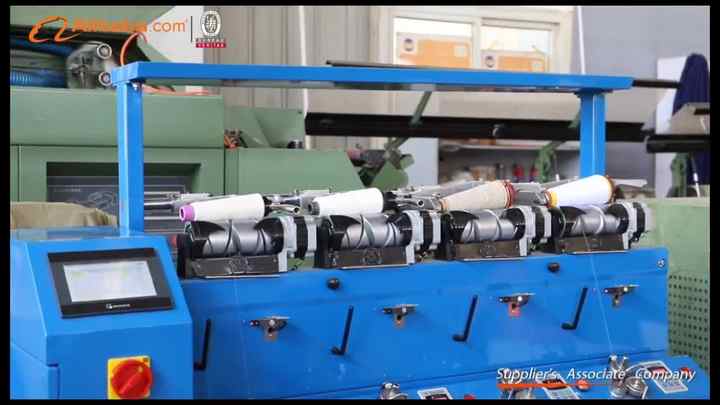Why Every Fibre Optic Manufacturer Needs an Optical Fibre Diameter Analyser for Quality Control
Why Every Fibre Optic Manufacturer Needs an Optical Fibre Diameter Analyser for Quality Control
Blog Article
Exactly How an Optical Fibre Diameter Analyser Enhances Quality Assurance in Fibre Production
The assimilation of an Optical Fibre Diameter Analyser right into Fibre manufacturing procedures represents a substantial innovation in quality assurance methods. By supplying real-time, specific dimensions of Fibre diameters, this modern technology deals with the vital need for uniformity in production standards. With its ability to swiftly identify inconsistencies and prompt rehabilitative steps, the analyser not just improves item integrity but likewise adds to general operational effectiveness. As markets progressively focus on high quality and conformity, comprehending the complete effect of such innovations ends up being crucial. What ramifications could this have for the future of Fibre production?

Relevance of Fibre Diameter Measurement
Precise measurement of Fibre Diameter is crucial in the field of optical Fibre technology, as it straight affects the performance and integrity of Fibre optic systems. The Diameter of an optical Fibre impacts its light-carrying capability, depletion, and general transmission efficiency. Precision in determining Fibre Diameter makes certain that the optical residential properties are kept within defined resistances, which is crucial for ideal signal honesty.
Variations in Fibre Diameter can cause boosted losses as a result of spreading and modal diffusion, impacting the top quality of data transmission. In high-speed communication systems, such discrepancies can cause considerable destruction of signal top quality, leading to information mistakes and reduced performance. Regular Fibre Diameter is crucial for compatibility with adapters and splicing innovations, which are integral components of Fibre optic networks.
Quality assurance processes in Fibre production greatly count on precise Diameter measurements to guarantee conformity with market criteria. By carrying out durable measurement methods, producers can improve product dependability, minimize waste, and boost overall system performance. Hence, the relevance of Fibre Diameter dimension can not be overstated, as it offers as a foundation in the innovation of optical Fibre modern technology and its applications in modern interaction networks.
Just How the Analyser Functions
The reliable dimension of Fibre Diameter counts on innovative logical techniques that guarantee accuracy and reliability in optical Fibre production (optical fibre diameter analyser). The Optical Fibre Diameter Analyser utilizes a mix of laser innovation and advanced image handling algorithms to properly examine the Diameter of fibres as they are created
Originally, a laser beam of light is routed at the relocating Fibre, creating a cross-sectional darkness. The analyser captures this darkness using high-resolution cams positioned strategically along the assembly line. The caught images are then refined in real-time to figure out the Fibre's Diameter with outstanding accuracy.
The system uses innovative algorithms that account for different factors, including variations in light intensity and environmental conditions, to enhance measurement dependability. It can identify minute modifications in Diameter, such as changes that could take place during the manufacturing procedure.
In addition, the analyser is capable of handling several fibers simultaneously, increasing throughput without jeopardizing precision. By giving rapid comments on the Diameter, the Optical Fibre Diameter Analyser plays an essential duty in maintaining rigorous quality control criteria, ensuring that the end product fulfills industry specs and consumer needs.
Advantages of Real-Time Monitoring
While typical approaches of monitoring Fibre Diameter commonly include lengthy post-production checks, real-time surveillance considerably improves the performance and quality of optical Fibre manufacturing. optical fibre diameter analyser. This proactive technique allows suppliers to identify variances in Fibre Diameter as they take place, as opposed to waiting until manufacturing is complete to evaluate top quality
By continually gauging the Diameter throughout production, manufacturers can guarantee that the fibres fulfill rigid specifications, causing minimized variability and boosted uniformity. Real-time surveillance also makes it possible for prompt rehabilitative activities to be taken, minimizing waste and avoiding faulty fibres from getting in the supply chain.
In addition, this innovation facilitates enhanced data collection and analysis, providing insights right into manufacturing trends and potential locations for renovation. Such data-driven decision-making encourages manufacturers to optimize processes and preserve high standards of quality assurance.
On top of that, real-time monitoring cultivates a culture of constant enhancement within the manufacturing setting. Workers are a lot more engaged when they can see the impact of their job in real-time, leading to increased accountability and a dedication to quality. In general, the implementation of real-time monitoring systems in optical Fibre manufacturing equates to superior product high quality and increased client fulfillment.
Effect On Manufacturing Effectiveness
Applying optical Fibre Diameter analysers significantly boosts manufacturing effectiveness by simplifying the production process. These tools facilitate constant monitoring of Fibre Diameter, allowing producers to discover discrepancies in real-time. By recognizing disparities immediately, manufacturing lines can be adjusted rapidly, reducing downtime and minimizing the likelihood of generating malfunctioning products.
Additionally, the integration of these analysers into the manufacturing process enables better resource allowance. With accurate Diameter dimensions, drivers can enhance material use, ensuring that resources are not squandered on problematic fibres. This accuracy likewise contributes to much less scrap and rework, ultimately reducing production costs.
The automation given by optical Fibre Diameter analysers decreases dependence on hands-on evaluations, which are frequently time-consuming and susceptible to human error. As a result, employees can concentrate on even more strategic tasks, improving overall productivity.
Moreover, the information generated from these analysers can educate procedure improvements and help with far better decision-making. By assessing fads in Fibre Diameter variations, suppliers can company website apply positive procedures to boost production strategies and preserve regular high quality. In summary, optical Fibre Diameter analysers play a vital role in enhancing production effectiveness, causing better result and try these out enhanced profitability.
Study and Success Stories
Across different sectors, situation research studies highlight the transformative impact of optical Fibre Diameter analysers on production processes. One prominent instance is a leading telecommunications firm that dealt with challenges with irregular Fibre diameters, causing enhanced rejection prices. By incorporating an optical Fibre Diameter analyser, the firm accomplished real-time surveillance of Fibre dimensions, causing a 30% decrease in flaws and significant price financial savings.

In addition, a study institution concentrating on innovative products made use of optical Fibre Diameter analysers to improve their speculative processes. The analyser's capacity to give detailed insights right into Fibre consistency made it possible for the advancement of innovative products with improved efficiency attributes.
These success tales highlight the essential function of optical Fibre Diameter analysers in boosting quality assurance, improving manufacturing performance, and driving innovation across diverse sectors.
Conclusion
To conclude, the Optical Fibre Diameter Analyser plays a pivotal role in boosting quality assurance within Fibre production. By supplying specific, real-time dimensions and assisting in instant restorative actions, this innovation substantially minimizes irregularity and minimizes waste. The application of such advanced tools cultivates a culture of constant improvement and functional performance, inevitably making certain compliance with sector criteria and keeping competitiveness. As demonstrated via numerous instance researches, the analyser shows important for attaining superior item high quality in Fibre manufacturing.

The implementation of optical Fibre Diameter analysers enabled for stringent top quality control, making certain that the produced fibres fulfilled exacting industry criteria.In conclusion, the Optical Fibre Diameter Analyser plays an try this out essential function in enhancing quality control within Fibre production.
Report this page